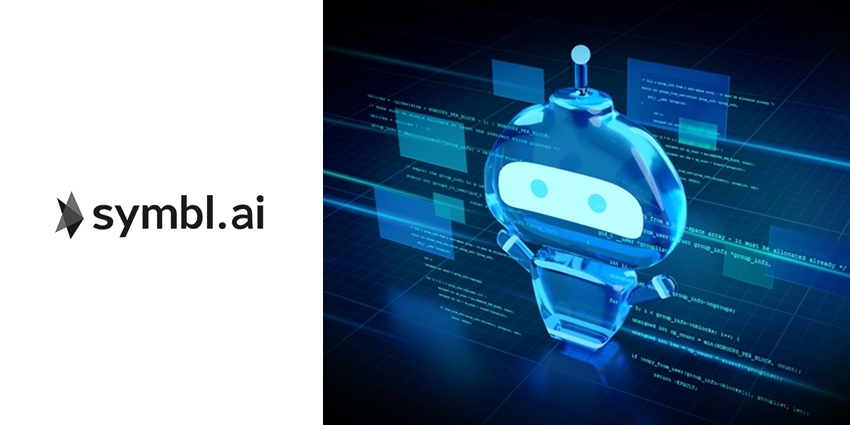In today’s digital world, interacting with customers online is the basis for a great customer experience.
Providing a highly personalized experience is the goal of every interaction, yet, many companies still don’t get it right when it comes to utilizing automation and solutions like chatbots or virtual agents.
According to a report by Ada, 90% of customer service leaders agree personalization is core to the future of automation.
However, existing chatbot technology is not delivering the desired results of digital transformation. The truth is that companies might not be using the tools they actually need. On the flip side, chatbots are great for providing answers to simple queries or passing anything more complicated to a customer service agent.
After interacting with a chatbot, customers cite a lack of understanding and the inability to solve complex issues as the most common obstacles in the way to the answer they’re looking for. While chatbots have reached new heights in terms of development, they are far from being capable of solving issues like real humans.
According to one report by Userlike, 60% of customers would prefer to wait for an agent than use a chatbot. However, all hope is not lost because there are ways companies can reconfigure chatbots to make experiences as humanlike as possible, boosting customer satisfaction and loyalty.
Steps to implement
To make interactions through a chatbot more personalized for customers, the first step would be to understand customer history. When a customer reaches out to a chatbot, it’s essential to ask a couple of basic questions to identify the customer and gain a better look into what they’re having issues with.
Chatbots should be able to access data like name, call and feedback history, and any previous issues that haven’t been resolved. By doing so, customers feel like they are talking to a person rather than a machine, and finally, they fix a problem faster.
Another way organizations can boost personalization through chatbots is through changing automated Q&A answers by adding open-ended questions that create a feeling of a natural conversation. Then, using sentiment analysis and topic detection, chatbots can identify how customers feel and the conversation’s topic.
Lastly, when a chatbot identifies a more complex issue in a conversation, it should be able to transfer the customer directly to the live agent. In order to do so, chatbots need to be preprogrammed to automatically detect which topics and issues need human interference. This way, customers don’t feel like they are wasting time trying to solve things with a chatbot but rather experience a seamless transition between channels.
Where to start?
Benchmarking and improving your chatbot interactions and robustness is a continuous process and should consider the other digital interactions your customers are engaging in. Use Symbl.ai to understand customer engagement on live calls, transcripts and other channels and bring back the new intents, questions and answers in real-time to optimize your existing interactions and add more flows.
Explore Symbl.ai offering by visiting this page: https://symbl.ai/







